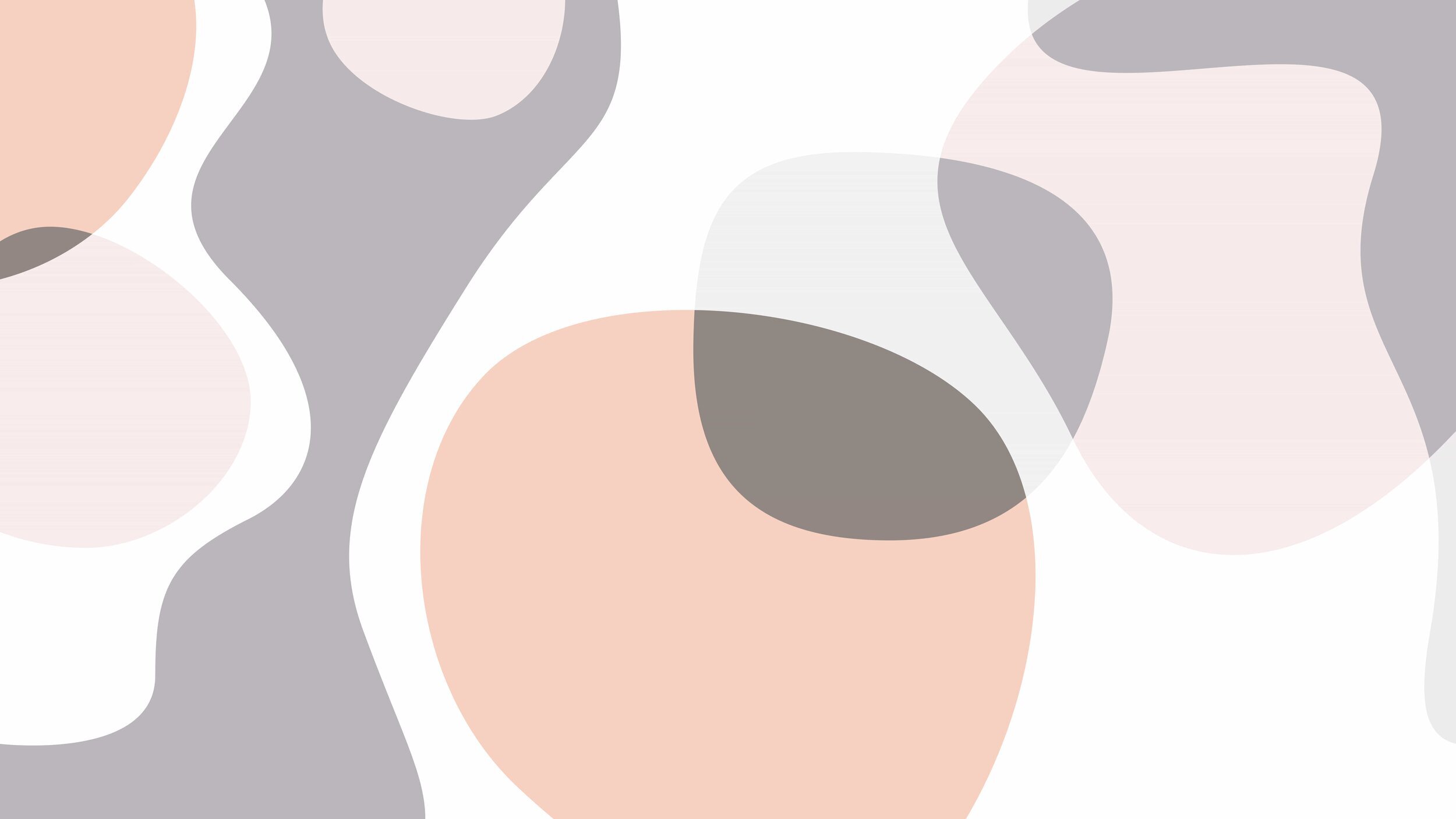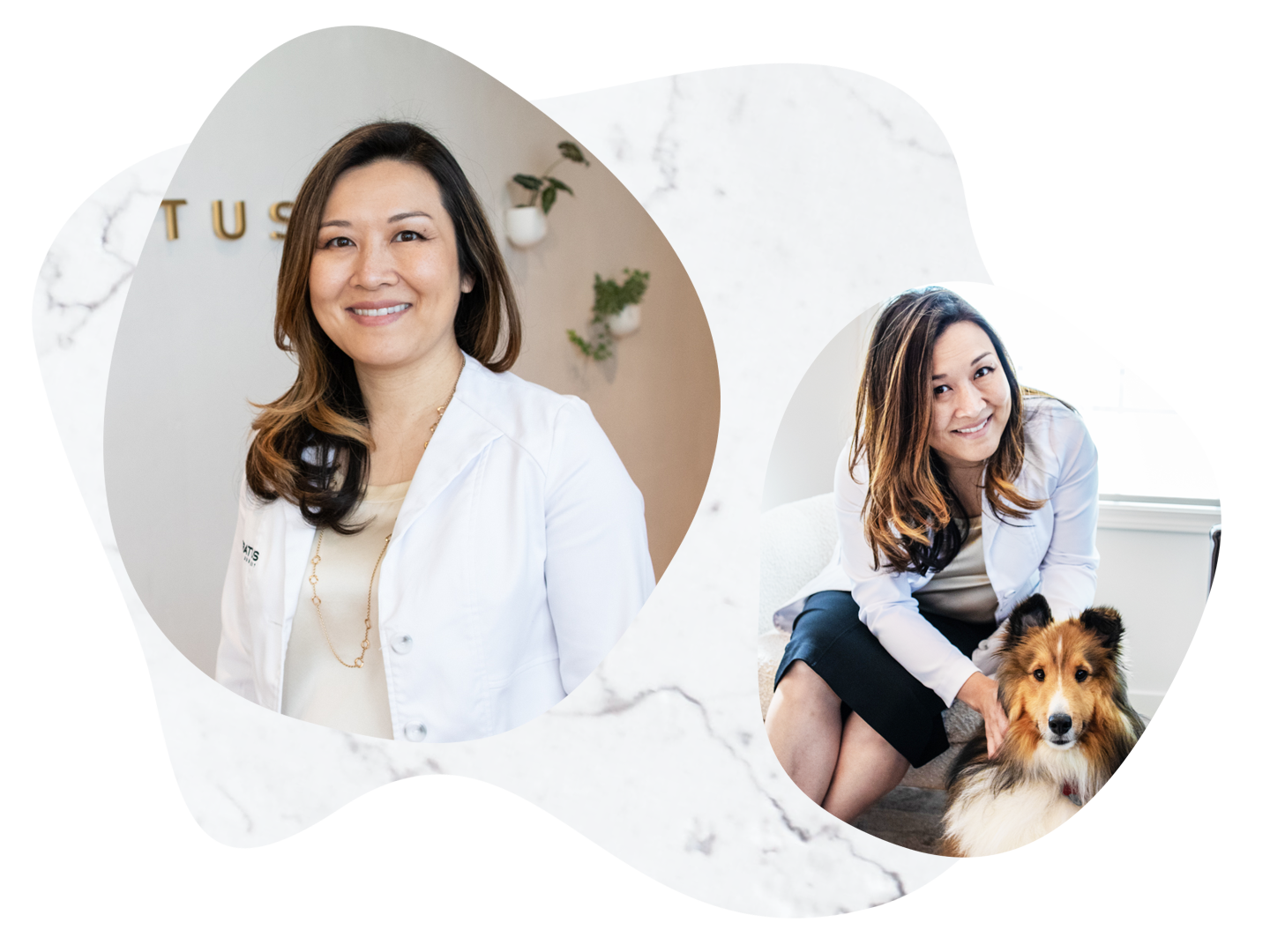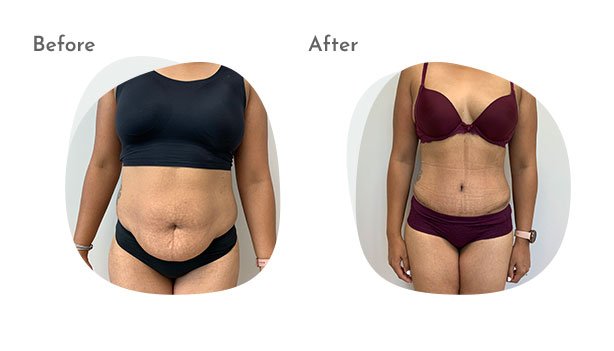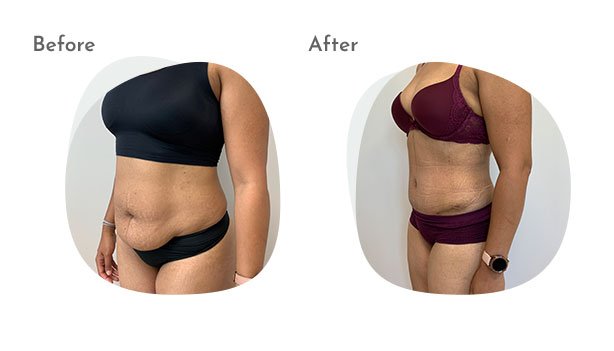
Get a flatter, firmer stomach with an abdominoplasty
Tummy Tuck Columbus Ohio
WHY A TUMMY TUCK (ABDOMINOPLASTY)?
Benefits of a Tummy Tuck
A tummy tuck flattens and firms the stomach, removing loose skin and excess fat, and can even tighten the underlying fascia. It is a common surgical cosmetic procedure that provides a cleaner silhouette above and below the belly button. Tummy tucks are frequently performed for patients looking to restore their pre-pregnancy shape or to remove excess skin after weight loss.
Haruko Okada, MD
Physician & Owner, Stratus Plastic Surgery
Excess fat and skin around the stomach can make it challenging to find clothes that fit, can be uncomfortable, and most critically, can degrade body image. Dr. Okada is an American Board of Plastic Surgery-certified surgeon who performs safe, natural-looking abdominoplasty to help restore a patient’s firm, flat stomach. This procedure is one of the most rewarding for Dr. Okada because patients are so consistently pleased with the very noticeable results afterwards.
Options for a Tummy Tucks Surgery
from our Columbus Plastic Surgeon
Dr. Okada will consult with you to determine the best procedure for you, depending on the extent of change you are hoping to see. Tummy Tucks are often combined with other procedures, such as the breast lift or liposuction. (See the Mommy Makeover). A standard tummy tuck addresses extra skin and fatty tissue in the lower abdominal area. A mini tummy tuck is another option, performed essentially the same way, but a good option for patients who have less skin and tissue to remove, and a less invasive procedure. Dr. Okada also performs extended tummy tucks, which can extend to the love handles and involves umbilical (belly button) reconstruction.
Your Questions, Answered.
FREQUENTLY ASKED QUESTIONS ABOUT TUMMY TUCKS (ABDOMINOPLASTY)
Will a tummy tuck hurt?
Abdominoplasty is a major surgery, and there will likely be moderate pain along and beneath the incision line. Pain should become easily manageable within a couple days, however, and then you will just need to move carefully until you are fully healed.
What are the possible risks of a tummy tuck procedure?
As with any surgery, complications and risks are possible. Some of these can include:
Fluid accumulation beneath the skin (seromas)
Poor wound healing or infection
Unexpected scarring
Tissue damage or tissue death - this risk is increased if you smoke
Changes in skin sensation
How can I prepare for a tummy tuck, mini tummy tuck, or extended?
There are several things you can do to help your surgical outcome be the best it can be. If you smoke, stop now. Smoking has several effects on blood flow and can delay the healing process after any surgery. Maintain a stable weight for at least 12 months before surgery, and arrange ahead of time to have help post-surgery to prevent the risk of opening your surgical incision.
How can I reduce swelling after a tummy tuck?
Swelling after surgery is completely normal, but to help reduce your swelling quickly, be sure to follow all of Dr. Okada’s post-surgical recommendations. You will also want to avoid activity that utilizes your abdominal muscles, and strenuous activity in general, until your incision is healed. Other ways to help limit swelling include staying hydrated, avoiding smoking, and reducing sodium intake.
How long will swelling last after a tummy tuck?
Most of your swelling will reduce within two weeks after surgery, but some residual swelling can last up to a year, and this is perfectly normal.
What happens to your belly button after a tummy tuck?
Most of the time, your belly button does not move in a tummy tuck. The skin around your belly button will move, but since the belly button itself is attached to a stalk, Dr. Okada will simply create a new opening for your belly button after she tightens the skin around it.











